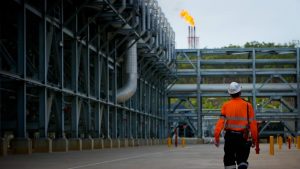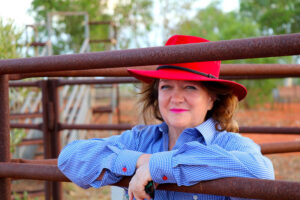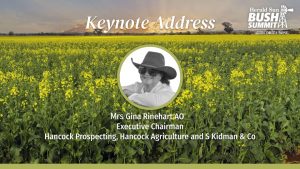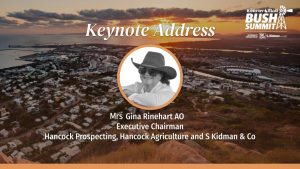
Gas shortfall imminent, APA modelling shows
Australian households could be hit with “cold showers” due to energy shortages, with the nation’s largest gas pipeline operator warning expensive gas will have to be imported into the country to fill the gap if pending projects are not approved.

Farmers are loved, they just don’t know it, survey finds
Years of sustained pressure from governments and activists to reform the way they go about their work has left Australian farmers feeling undervalued by the public, but new research shows primary producers have more community support than they believe.

Jacinta Allan and Gina Rinehart headline 2024 Bush Summit day two in Bendigo
Day two of the 2024 Bush Summit has featured addresses from Victorian Premier Jacinta Allan and mining magnate Gina Rinehart, as attendees tune in to discussions over the key issues facing Australia’s regional communities.

Without a shift, our goose will be cooked
We need a mindset change, and we need this quickly.

Plibersek’s mine ban lifts sovereign investment risk
By ignoring the views of the Orange Local Aboriginal Land Council and siding with green activists when deciding to veto a $1bn goldmine in central-west NSW, federal Environment and Water Minister Tanya Plibersek has cast aside the job prospects and economic wellbeing of local Indigenous people and Australia’s reputation among investors.

IV crisis as morphine supplies are now low
Supplies of several crucial medicines are running short around the nation, including morphine products vital to ease the suffering of palliative care patients, as some medical specialists reject claims by the nation’s health ministers that the shortage of IV fluids – which has thrown hospitals into chaos – is easing.

Coalition MPs press for zonal tax expansion
Liberal and National MPs are pressing Peter Dutton to expand tax breaks for regional and rural Australians in a bid to help ease the cost-of-living squeeze.

Tanya Plibersek’s gold mine veto will lead to sovereign risk and ‘hijack’ of Aboriginal Heritage Act, miners warn
Miners have warned of a new and unprecedented sovereign risk to resources investment in Australia after the Albanese government’s decision to effectively kill a $1bn goldmining project in NSW on contested Indigenous heritage grounds that have been challenged by a local Aboriginal land council.



